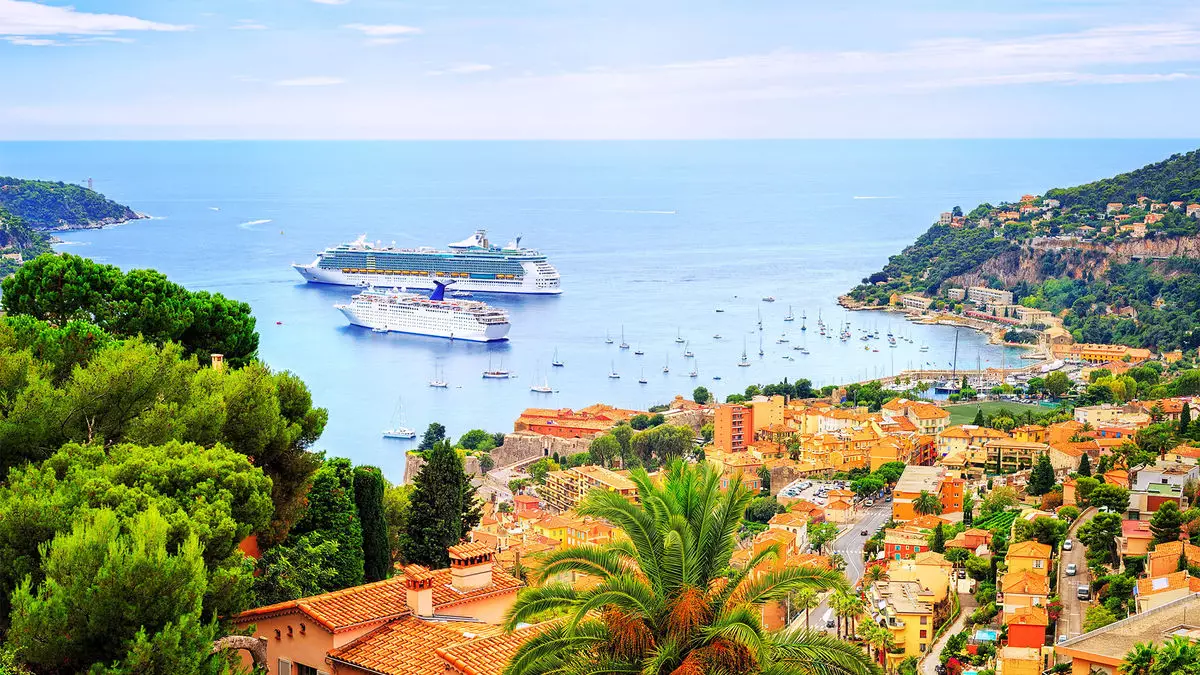The recent decision by the mayor of Nice, Christian Estrosi, to ban large cruise ships carrying 900 or more passengers from docking at the popular French Riviera ports of Nice and Villefranche-sur-Mer is a significant move reflecting growing concerns over overtourism and environmental sustainability. This decree, set to take effect on July 1, aims to balance the economic interests of the tourism sector with the need for preserving the local community’s quality of life and natural environment. The cruise industry association, Cruise Lines International Association (CLIA), is pushing back against this decision, advocating for a broader, more integrated approach to tourism management that would allow for sustainable practices without shutting out a major source of income.
Estrosi’s decree is not merely an isolated incident but part of a broader trend across Europe, where key tourist destinations like Venice and Barcelona have also enacted restrictions on cruise ships due to the perceived negative impacts of mass tourism. The mayor’s pointed comments, describing large ships as polluters that contribute little economically while leaving behind environmental waste, represent a significant shift in perception. This reflects a growing recognition of the detrimental effects of large vessels—not only on environmental grounds but also on the tourism experience itself, as overcrowding in popular destinations can lead to diminished satisfaction for all visitors, including those arriving via other means.
For companies within the cruise industry, the ramifications of such restrictions are substantial. Large cruise lines like Royal Caribbean and Norwegian Cruise Line face a significant loss of route options, forcing them to rethink their itineraries and potentially scale back operations in the Mediterranean. The economic stakes are high; industry experts estimate that the ban could cost local economies upwards of $10 million and over $600 million regionally, challenging both local businesses that rely on cruise visitors and the overall economic health of the sectors involved.
Reactions from the Cruise Industry
In response to the planned restrictions, CLIA and various maritime organizations have called for more dialogue and thorough economic assessments to illustrate the potential fallout from such a ban on local communities. They argue that a collaborative and integrative approach to tourism management can alleviate the pressure created by oversaturation while still reaping the economic benefits that hundreds of thousands of cruise passengers bring each year. By moving towards more sustainable tourism practices, proponents believe that destinations can manage visitor numbers more effectively without excluding entire sectors, such as cruise tourism, from their economies.
Interestingly enough, some small cruise lines may find an unexpected opportunity amid this ongoing debate. For example, Ponant has swiftly announced new itineraries from Nice, highlighting their ability to navigate ports that larger ships cannot access. This shift towards smaller, more intimate cruising experiences could meet emerging consumer preferences for less crowded environments, presenting a potential silver lining in the face of adversity for the cruise industry.
While discussions are ongoing, industry leaders are already speculating on the long-term trends that might arise from such restrictions. Some experts, including travel advisors, suggest that demand for small-ship cruising may increase as clients seek alternatives to the limited options available at popular ports. This demand could result in a shift in booking behaviors, encouraging travelers to make plans more significantly in advance and more frequently considering smaller vessels that can offer unique experiences away from overcrowded hubs.
However, despite these emerging opportunities, many within the cruise industry remain skeptical of how much impact these changes will have on cruise tourism overall. The industry’s historical tendency to prioritize profits can often overshadow concerns about user experience and sustainability—a reality that Geoff Cox, vice-president of KHM Travel Group, notes with concern.
The evolving nature of passenger demands and regulatory frameworks will force the industry to adapt; cruising won’t vanish from the Mediterranean, but the way it operates may change significantly.
In closing, authorities in Nice and Villefranche-sur-Mer are at a crossroads, grappling with the necessity of managing tourism effectively while addressing the inevitable revenue decrease that could accompany these new bans. CLIA and cruise lines are eagerly watching the impact of these changes—not only how they will redefine the tourism landscape of the French Riviera but how they may set precedents for other destinations across Europe facing similar challenges. Balancing economic vitality with environmental sustainability, while simultaneously catering to changing consumer preferences, will be crucial as the industry begins to navigate its way through these evolving regulatory waters.

